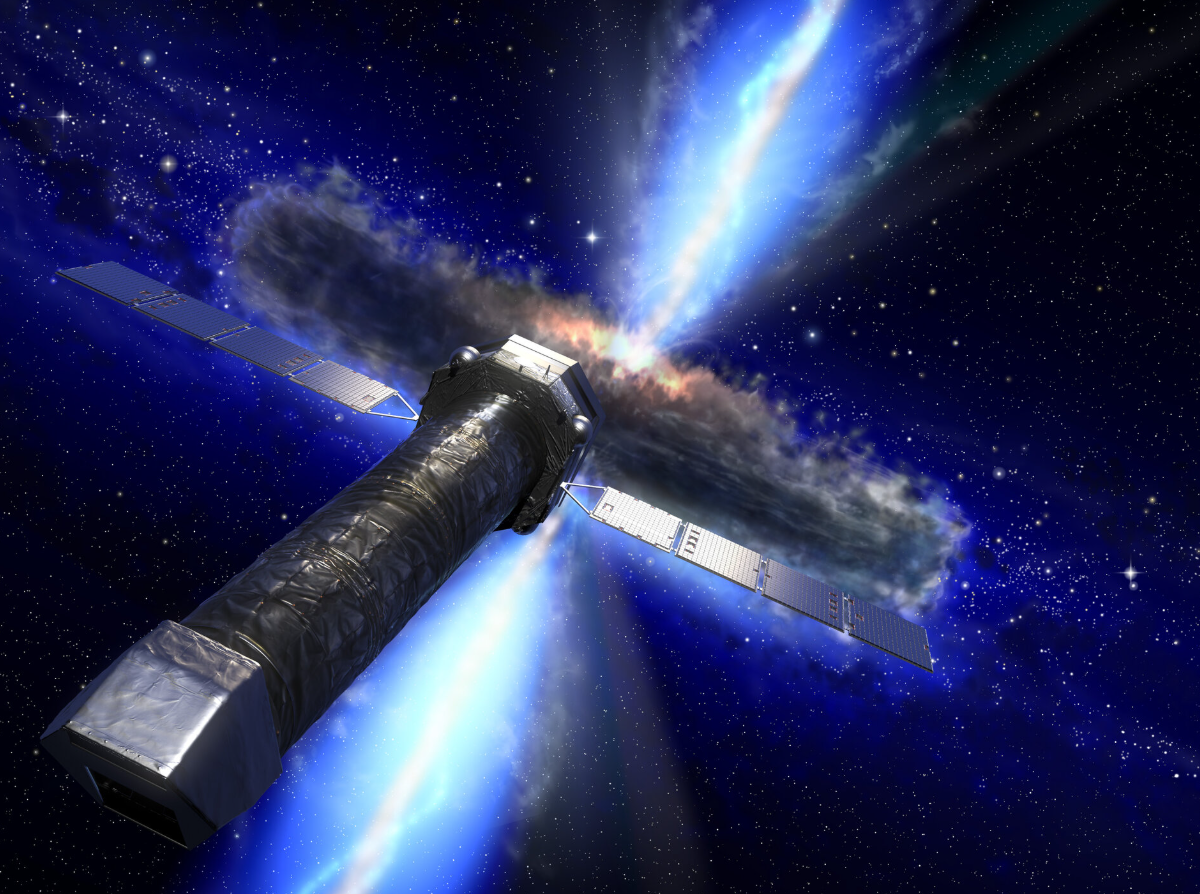January 9, 2025 – Interview by Marco Malaspina with Eleonora Troja, from the University of Rome Tor Vegata, Daniele Spiga, from the INAF in Merate, and Fabio Gastaldello, from the INAF in Milan. The topic is a space telescope for X-rays. A telescope that was originally called Athena, destined to replace in the long term the two large X-ray observatories in operation in space for more than twenty years, the American Chandra and the European XMM. A few years ago Athena was selected by the European Space Agency as one of the two “Large” missions, the largest and most expensive, to be launched in the 2030s. The other selected was Lisa, the future interferometer for gravitational waves. The path to the realization of the two missions diverged at a certain point: Lisa was approved, or rather to use the technical term it was formally adopted by ESA, I think just a year ago, in January 2024, and is therefore currently under construction, with the hope of being able to launch it in the mid-2030s. Athena, on the other hand, was stopped. It happened in 2022, when ESA deemed the cost excessive, and therefore asked the scientific community to reformulate the proposal – a bit of what is called descoping in jargon, which we could translate as “revising downwards” – to arrive at a NewAthena mission, as they called it without much originality, which can finally be adopted too, like Lisa. And who was given the thankless task? A group of scientists called SRDT, from the initials of Science Redefinition Team. An international team of which our guests today are a part.
Click here to go to the video of the interview.
For further information, read the article on Nature Astronomy “The NewAthena mission concept in the context of the next decade of X-ray astronomy”, by Mike Cruise, Matteo Guainazzi, James Aird, Francisco J. Carrera, Elisa Costantini, Lia Corrales, Thomas Dauser, Dominique Eckert, Fabio Gastaldello, Hironori Matsumoto, Rachel Osten, Pierre-Olivier Petrucci, Delphine Porquet, Gabriel W. Pratt, Nanda Rea, Thomas H. Reiprich, Aurora Simionescu, Daniele Spiga and Eleonora Troja.

Pictorial image of the NewAthena satellite – Credits ESA
